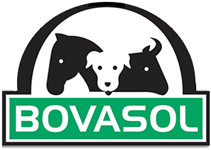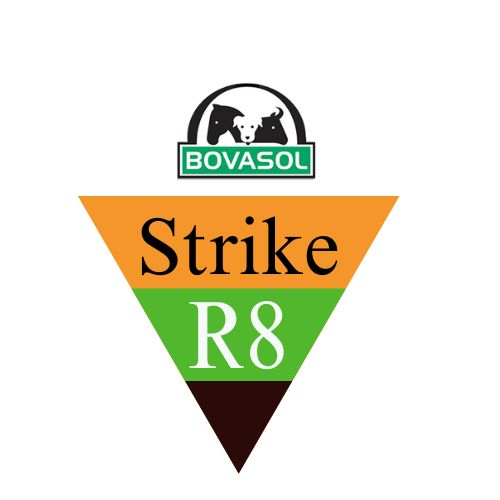Strike R8
The Game-Changer for Horse Health and Performance
As horse owners, we’re always on the lookout for supplements that enhance our equine companions’ health, performance, and overall well-being. Enter Strike R8, a revolutionary product designed with a powerful combination of ingredients to address the unique needs of horses across disciplines. From boosting digestive health to optimizing recovery, Strike R8 delivers comprehensive benefits that every horse owner will appreciate.
Key Ingredients and Their Benefits
- Natural mineral powerhouse
A marine-derived algae rich in bioavailable calcium and magnesium, crucial for maintaining strong bones, healthy muscle function, and optimal pH levels in the digestive tract. Lithothamnium calcareum is also known to support gut health by buffering stomach acid, reducing the risk of gastric ulcers—a common issue in performance horses. - Fenugreek
Renowned for its appetite-stimulating properties, fenugreek encourages horses to maintain consistent feed intake. This can be especially valuable during periods of stress or recovery, helping horses sustain energy levels and condition. - Digestive Enhancer
Strike R8 contains a highly effective performance booster which works wonders for digestive efficiency. By promoting a healthy gut microbiome, Strike R8 improves feed utilization, allowing horses to derive maximum nutritional benefit from their diet. This is particularly beneficial for horses needing to gain or maintain weight during heavy training or demanding conditions. - Antioxidants
The potent antioxidant duo of vitamin E and organic selenium protects cells from oxidative stress caused by intense exercise, boosting muscle recovery and immune health. - B Vitamins
These essential B vitamins are key players in energy metabolism and nervous system function. By supporting calmness and focus, they can help high-strung or anxious horses perform at their best without stress. - Balanced Electrolytes
Strike R8 contains a carefully balanced mix of calcium, magnesium, and citrate salts to replenish electrolytes lost through sweat. Proper hydration and electrolyte balance are critical for maintaining stamina, reducing fatigue, and preventing muscle cramping during exercise.
Why Strike R8 is a Must-Have
Whether your horse is a competitive athlete, a leisure partner, or a breeding animal, Strike R8 offers versatile benefits:
- Enhanced Performance: The unique combination of electrolytes, vitamins, and digestive aids keeps horses performing at their peak by optimizing hydration, energy levels, and recovery.
- Digestive Support: Virginiamycin and lithothamnium calcareum work together to ensure a healthy gut, reducing issues like colic, ulcers, and poor feed absorption.
- Muscle Recovery: Antioxidants like vitamin E and selenium combat the oxidative stress caused by exercise, helping your horse recover faster and stay sound.
- Consistency Across Seasons: With its balanced formula, Strike R8 supports your horse’s health year-round, whether they’re preparing for competition, recovering from a taxing event, or maintaining condition during quieter periods.
- Calm and Focused: With B vitamins supporting the nervous system, Strike R8 promotes a calmer demeanor, which is invaluable for both training and competition.
How to Use Strike R8
Strike R8 is designed to seamlessly integrate into your horse’s daily feed. Regular use as part of your horse’s nutrition plan will help you see noticeable improvements in overall health and performance.
The Bottom Line
Strike R8 isn’t just another supplement—it’s a carefully crafted solution for horse owners seeking to optimize their horse’s health, well-being, and performance. With its scientifically backed formula, Strike R8 ensures your horse gets the nutrients and support it needs to thrive, no matter the challenge.
Invest in Strike R8 today and experience the difference it can make for your equine partner. Healthy, happy horses perform better—and with Strike R8, you can give them the winning edge.

